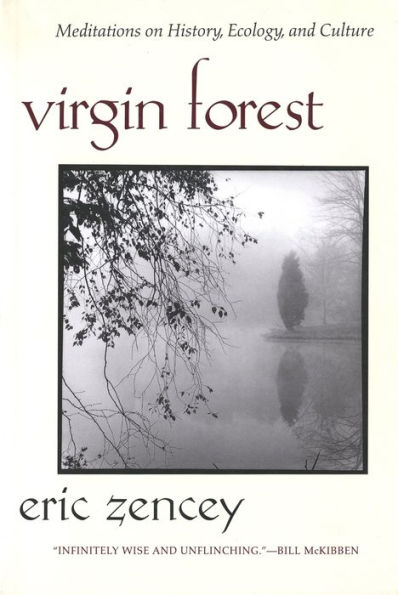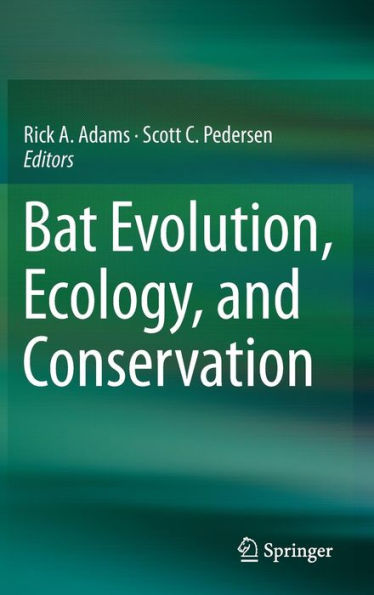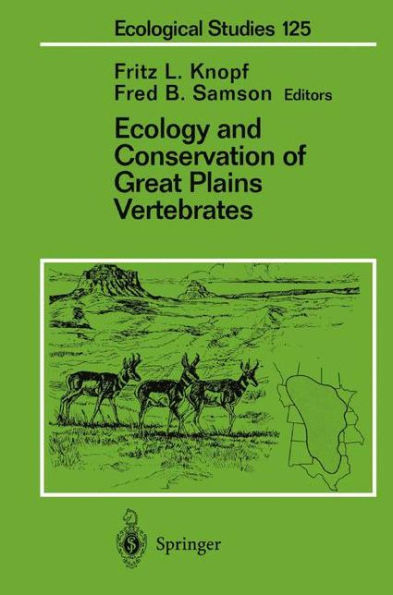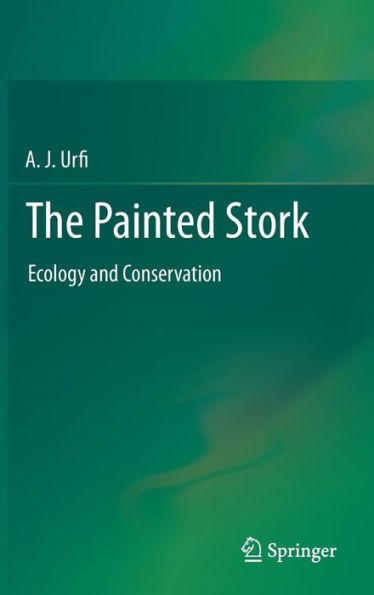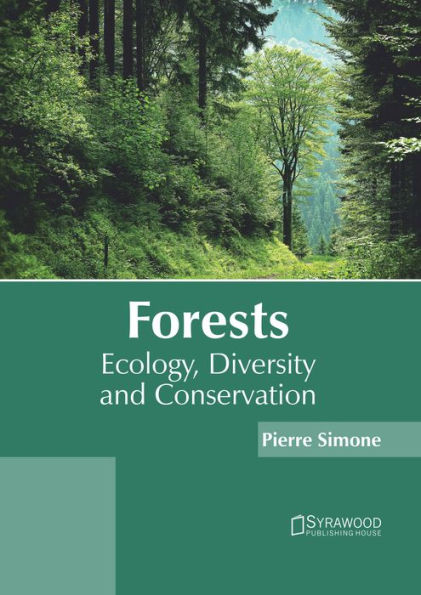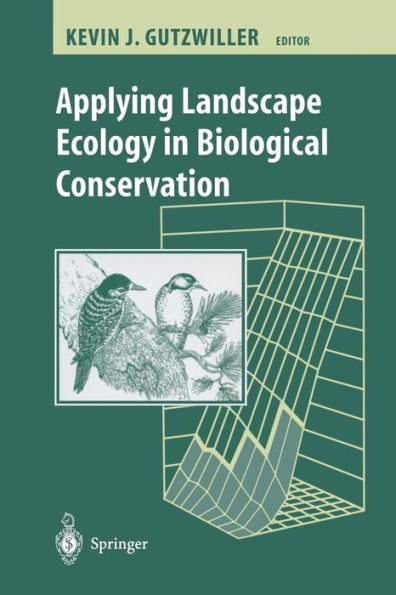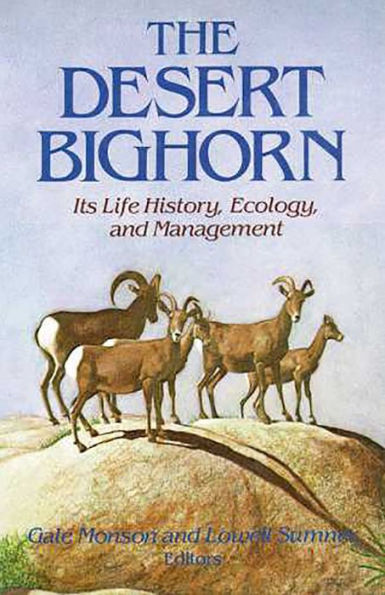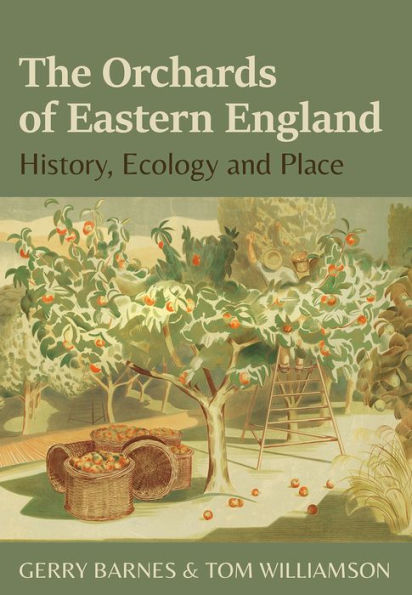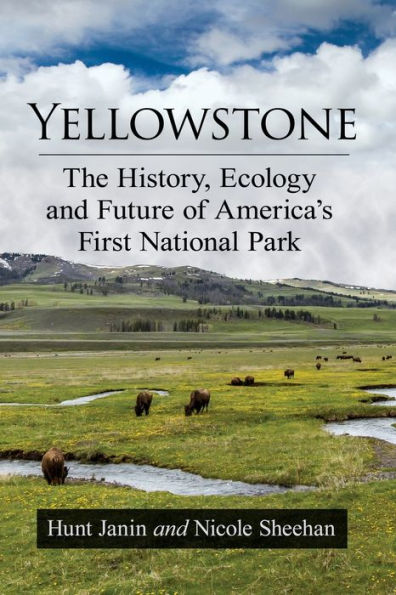Home
The Redwood Forest: History, Ecology, and Conservation of the Coast Redwoods / Edition 1
Barnes and Noble
The Redwood Forest: History, Ecology, and Conservation of the Coast Redwoods / Edition 1
Current price: $52.00
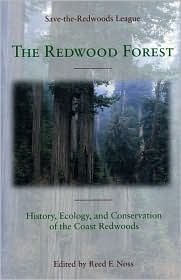

Barnes and Noble
The Redwood Forest: History, Ecology, and Conservation of the Coast Redwoods / Edition 1
Current price: $52.00
Size: OS
Loading Inventory...
*Product information may vary - to confirm product availability, pricing, shipping and return information please contact Barnes and Noble
Evidence is mounting that redwood forests, like many other ecosystems, cannot survive as small, isolated fragments in human-altered landscapes. Such fragments lose their diversity over time and, in the case of redwoods, may even lose the ability to grow new, giant trees.
The Redwood Forest
, written in support of Save-the-Redwood League's master plan, provides scientific guidance for saving the redwood forest by bringing together in a single volume the latest insights from conservation biology along with new information from data-gathering techniques such as GIS and remote sensing. It presents the most current findings on the geologic and cultural history, natural history, ecology, management, and conservation of the flora and fauna of the redwood ecosystem. Leading experts including Todd Dawson, Bill Libby, John Sawyer, Steve Sillett, Dale Thornburgh, Hartwell Welch, and many others offer a comprehensive account of the redwoods ecosystem, with specific chapters examining:
the history of the redwood lineage, from the Triassic Period to the present, along with the recent history of redwoods conservation
life history, architecture, genetics, environmental relations, and disturbance regimes of redwoods
terrestrial flora and fauna, communities, and ecosystems
aquatic ecosystems
landscape-scale conservation planning
management alternatives relating to forestry, restoration, and recreation.
offers a case study for ecosystem-level conservation and gives conservation organizations the information, technical tools, and broad perspective they need to evaluate redwood sites and landscapes for conservation. It contains the latest information from ground-breaking research on such topics as redwood canopy communities, the role of fog in sustaining redwood forests, and the function of redwood burls. It also presents sobering lessons from current research on the effects of forestry activities on the sensitive faunas of redwood forests and streams.
The key to perpetuating the redwood forest is understanding how it functions; this book represents an important step in establishing such an understanding. It presents a significant body of knowledge in a single volume, and will be a vital resource for conservation scientists, land use planners, policymakers, and anyone involved with conservation of redwoods and other forests.
The Redwood Forest
, written in support of Save-the-Redwood League's master plan, provides scientific guidance for saving the redwood forest by bringing together in a single volume the latest insights from conservation biology along with new information from data-gathering techniques such as GIS and remote sensing. It presents the most current findings on the geologic and cultural history, natural history, ecology, management, and conservation of the flora and fauna of the redwood ecosystem. Leading experts including Todd Dawson, Bill Libby, John Sawyer, Steve Sillett, Dale Thornburgh, Hartwell Welch, and many others offer a comprehensive account of the redwoods ecosystem, with specific chapters examining:
the history of the redwood lineage, from the Triassic Period to the present, along with the recent history of redwoods conservation
life history, architecture, genetics, environmental relations, and disturbance regimes of redwoods
terrestrial flora and fauna, communities, and ecosystems
aquatic ecosystems
landscape-scale conservation planning
management alternatives relating to forestry, restoration, and recreation.
offers a case study for ecosystem-level conservation and gives conservation organizations the information, technical tools, and broad perspective they need to evaluate redwood sites and landscapes for conservation. It contains the latest information from ground-breaking research on such topics as redwood canopy communities, the role of fog in sustaining redwood forests, and the function of redwood burls. It also presents sobering lessons from current research on the effects of forestry activities on the sensitive faunas of redwood forests and streams.
The key to perpetuating the redwood forest is understanding how it functions; this book represents an important step in establishing such an understanding. It presents a significant body of knowledge in a single volume, and will be a vital resource for conservation scientists, land use planners, policymakers, and anyone involved with conservation of redwoods and other forests.
